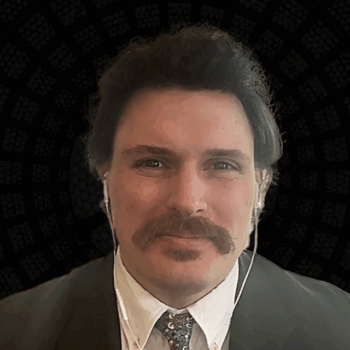

In this article, we delve into the personal experiences of Xi Van Fleet, a Chinese immigrant and survivor of Mao’s Cultural Revolution. Having witnessed the tumultuous period of the Cultural Revolution, she now finds herself passionately engaged in American politics to prevent the echoes of history from repeating. This article draws parallels between the Cultural Revolution in China and the spread of Critical Race Theory (CRT) in America. We will explore the origins of the Cultural Revolution, its impact on society and family, and how it paved the way for the indoctrination tactics seen in CRT today.
Table of contentsThe Cultural Revolution: A Harbinger of Today’s Critical Race TheoryThe Cultural Revolution: A Destructive AgendaParallels with Critical Race TheoryA Revolution Against TraditionIdentification and LabelsBetrayal and Snitch CultureDestruction of History and CultureIndoctrination of YouthRevolution versus PreservationThe Cultural Revolution: A Warning from HistoryThe Power of Ideological Tools: ESG, Title IX, and Affirmative ActionThe Common Denominator: The PeopleThe Allure of Absolute PowerThe Role of Cultural Revolution in AmericaThe Sad Reality of CoercionThe Fight Against Cultural RevolutionConclusionFAQsRelated Articles:
The Cultural Revolution: A Harbinger of Today’s Critical Race Theory
The Cultural Revolution: A Destructive Agenda
The Chinese Cultural Revolution, initiated by Mao Zedong in 1966, aimed to regain control over the Communist Party and the nation. Millions of young students, known as the Red Guards, were mobilized to dismantle the existing order, resulting in the denouncement of counter-revolutionaries, including their own parents. This radical revolution sought to destroy the Four Olds: old ideas, old culture, old customs, and old habits, effectively eradicating Chinese civilization.
Parallels with Critical Race Theory
A Revolution Against Tradition
Similarly, CRT advocates seek to dismantle established institutions, including the nuclear family, and challenge the very foundations of American society, just as the Cultural Revolution targeted family, religion, and traditional values.
Identification and Labels
In the Cultural Revolution, people were labeled based on class, with bourgeois and proletarian distinctions. Today, CRT focuses on identity, labeling individuals based on race, gender, and intersectionality, perpetuating division and animosity.
Betrayal and Snitch Culture
The Cultural Revolution fostered a culture of betrayal, where people feared even their closest confidants could report them for dissent. CRT’s online struggle sessions mirror this trend, leading to a climate of fear and self-censorship.
Destruction of History and Culture
Both the Cultural Revolution and CRT seek to erase history and cultural heritage. CRT advocates demanding the removal of historical figures and monuments, dismissing them as symbols of oppression.
Indoctrination of Youth
Both the Cultural Revolution and CRT exploit the power of youth indoctrination. In Mao’s China, the Red Guards were instruments of indoctrination, while CRT influenced education and curriculum in American schools, targeting impressionable minds.
Revolution versus Preservation
While the American Revolution aimed to preserve traditional values and establish a constitutional republic, Marxist revolutions, including the Cultural Revolution, pursued radical destruction. CRT’s push to challenge and dismantle American values shares this revolutionary inclination.
The Cultural Revolution: A Warning from History
The Power of Ideological Tools: ESG, Title IX, and Affirmative Action
During the Cultural Revolution, the Chinese government wielded powerful ideological tools to control society and manipulate the masses. Similarly, in the United States, we witness the use of tools such as Environmental, Social, and Governance (ESG) principles, Title IX,
Discover more from Randy Bock MD PC
Subscribe to get the latest posts sent to your email.























